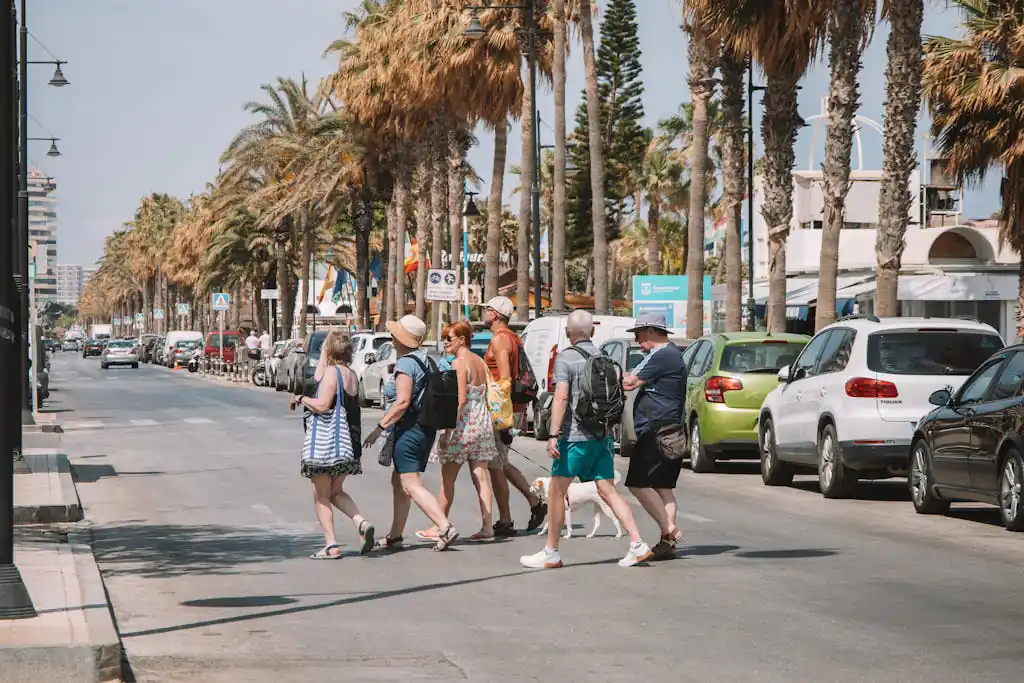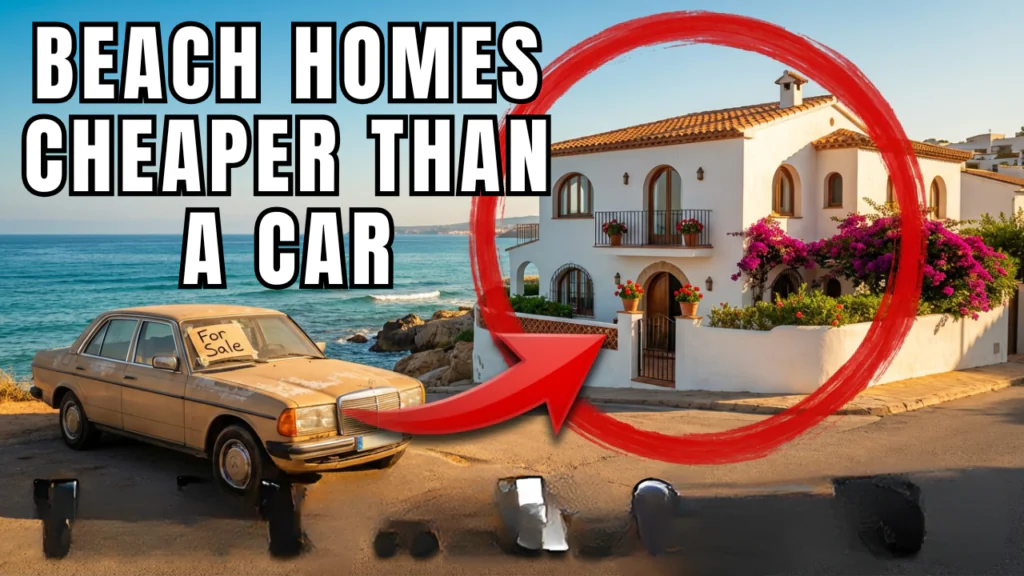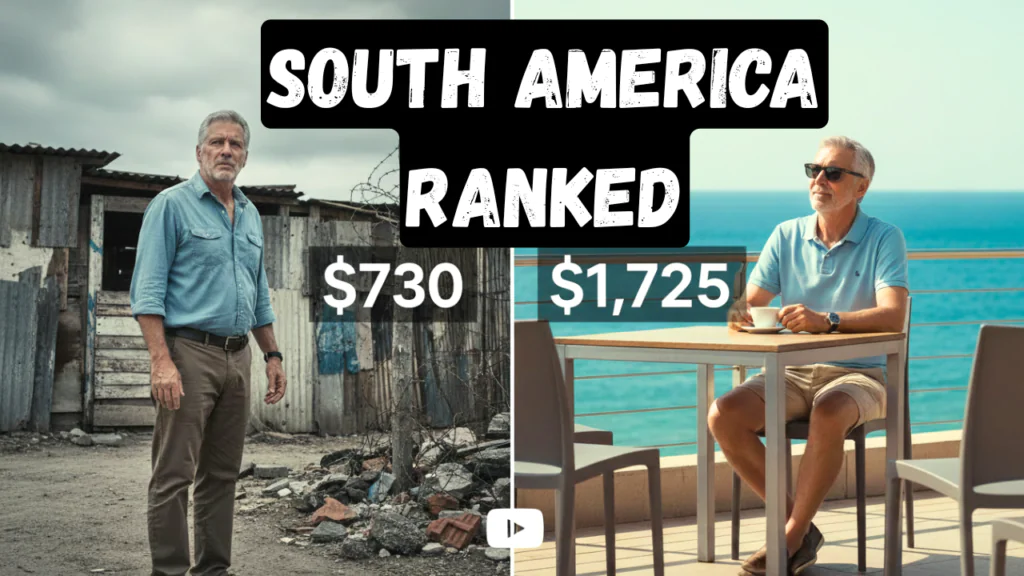Why You Should Visit Malaga Before Deciding to Move There
Moving to the Costa del Sol is a massive dream for many Brits tired of the grey skies and constant drizzle that seem to plague the UK for most of the year. While the idea of swapping a raincoat for swimwear sounds brilliant on paper, packing up an entire life is a huge financial and […]
Why You Should Visit Malaga Before Deciding to Move There Read More »









